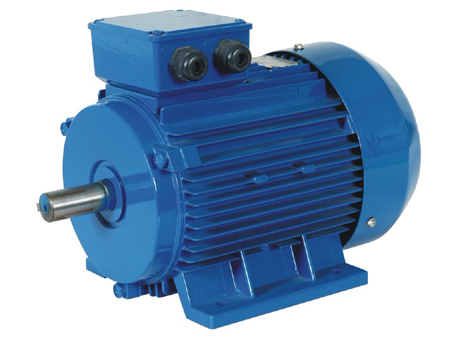Synchronous motors. A synchronous engine is one where the rotor normally rotates at the same swiftness as the revolving field in the device. The stator is comparable to that of an induction machine consisting of a cylindrical iron body with windings, usually three-phase, located in slots around the internal periphery.
generally, synchronous motors are used for applications where precise and constant speed is necessary. Low power applications of the motors include positioning devices. These are also applied in robot actuators. Ball mills, clocks, record participant turntables also utilize synchronous motors.
The principle of procedure of a synchronous engine could be understood by considering the stator windings to be linked to a three-phase alternating-current supply. The result of the stator current is definitely to determine a Leaf Chain magnetic field rotating at 120 f/p revolutions each and every minute for a frequency of f hertz and for p poles. A primary current in a p-pole field winding on the rotor will also create a magnetic field rotating at rotor swiftness. If the  rotor swiftness is made equal to that of the stator field and there is no load torque, these two magnetic fields will have a tendency to align with each other. As mechanical load is definitely applied, the rotor slips back again numerous degrees with regards to the rotating field of the stator, developing torque and continuing to become drawn around by this rotating field. The position between the fields improves as load torque can be increased. The maximum available torque is accomplished when the angle where the rotor field lags the stator field is usually 90°. Program of more load torque will stall the engine.
rotor swiftness is made equal to that of the stator field and there is no load torque, these two magnetic fields will have a tendency to align with each other. As mechanical load is definitely applied, the rotor slips back again numerous degrees with regards to the rotating field of the stator, developing torque and continuing to become drawn around by this rotating field. The position between the fields improves as load torque can be increased. The maximum available torque is accomplished when the angle where the rotor field lags the stator field is usually 90°. Program of more load torque will stall the engine.
One advantage of the synchronous electric motor is that the magnetic field of the machine can be produced by the direct current in the field winding, to ensure that the stator windings have to provide just a power component of current in stage with the applied stator voltage-i.e., the electric motor can operate at unity power factor. This condition minimizes the losses and heating in the stator windings.